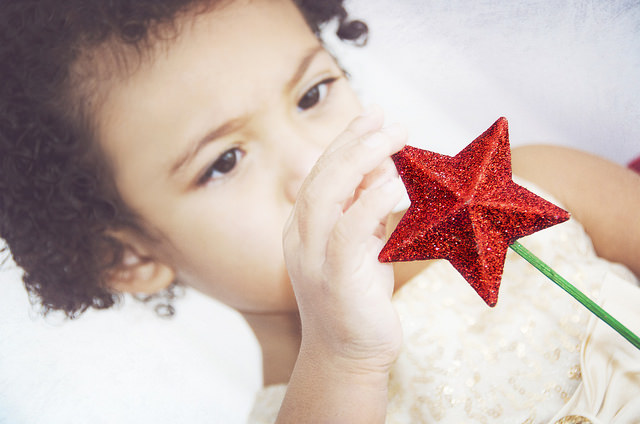
As the number of children born to racially diverse parents in the U.S. increases, the country faces the difficult task of exploring multiracial identities. Biracial children bear the brunt of the challenge, as they are often pressured to select a single racial category to which they identify. In the past, mixed raced persons had little say concerning their label due to such formalized policies as the “one-drop rule,” which assigned the newborn child the racial category of the nonWhite parent. While such notions continue to exist, a new study reveals that “multiracial” is becoming an increasingly popular identification, especially for mixed raced women.
Recently on NPR’s CodeSwitch, Lauren Davenport at Stanford University provided insight from her new American Sociological Review research. Examining the racial self identifications of 37,000 incoming freshmen with combinations of Asian-White, Black-White, and Latino-White parents, Davenport reported that in each of the three racial combinations, women self identified as multiracial more than their male counterparts. For example, only 64% of men with Black-White parents self identified as multiracial in comparison to 76% of women. Further research indicates that both women and men with Black-White parents were more likely to self identify as multiracial than those with Asian-White and Latino-White parents and less likely to self identify as White only. Additional factors included the person’s religion and socioeconomic status; as those who were less religious and those from affluent backgrounds were more likely to describe themselves as multiracial.
Davenport suggests that women may be more inclined to employ the multiracial label because they are often perceived as racially ambiguous, while men are generally viewed as minorities. According to Davenport, “It would seem that, for biracial women, looking racially ambiguous is tied to racial stereotypes surrounding femininity and beauty.” Davenport hypothesizes that biracial children from Black-White parents in particular may describe themselves as multiracial to challenge traditional rules that place them in one category. Thus, the multiracial identity provides them the opportunity to formally recognize multiple racial lineages. Others may opt for multiracial because it allows them to disassociate with Black heritage.






















